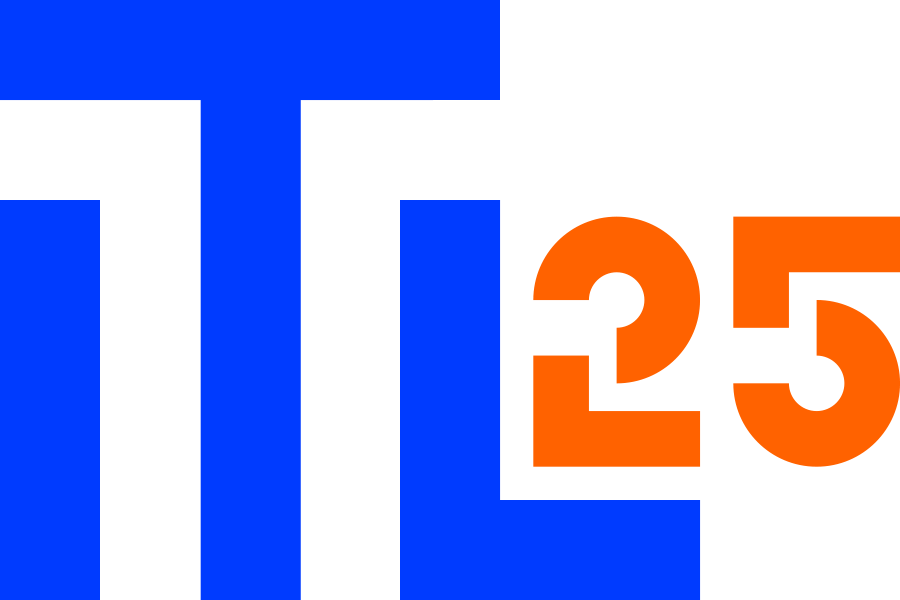Barrus: Digitization as a Business Requirement
April 21, 2021About the cooperation of Barrus and Columbus.
Barrus manufactures 75 000 m3 of finger jointed and laminated wood joinery annually, which is made into door, window, and stair products, as well as mouldings. 80% of the products are exported, primarily to Scandinavia.
The Challenge
Industrial businesses are in a never-ending race against time: in order to offer a quick turnaround to clients yet still maintain a profit, planning, speed, and accuracy of production must continually improve.
The partnership with Columbus was born out of a desire to expand the business’ process mapping and establish the themes to move forward. The different questions that needed to be solved through digitizing are primarily connected with business growth in both size and level of complexity. For instance, the sales logic and client base have changed, and new products have been added. At the same time, the characteristics of the wood need to be analyzed in more detail at every stage of production than would have been possible without digital solutions. The first step was to conduct a digital audit in order to map the status quo and create a digital strategy.
The primary goal was to consolidate the company’s display system and better plan the flow of wood:
- The creation of a consolidated display system was necessary to allow all information regarding production to be visible to everyone in the same way and in real time. Whereas some time ago each unit of the company fulfilled their own tasks, today a wider focus is required to assess the business and its production as a whole.
- At the same time, decisions need to be made in a situation where there are no raw materials in the warehouse: to quickly assess which materials need to be ordered so that existing orders can be fulfilled as cost-effectively as possible with minimal waste.
Solutions
As a business grows and develops, its information space needs to be arranged and focus needs to be on certain goals. Thus, work began by structuring a data model, and continued by taking the various software used throughout the company and creating a desktop application where important information could be displayed in real time and in a uniform fashion. An important tool in this process was Power BI, which was used to structure data, consolidate it into a data model, visualize it, and then make it accessible to the company’s workers.
Modern manufacturing has the appearance of a web of threads, where information stemming from production allows swift decisions to be made in the planning of production. The first major challenge was digitizing the quality system. Displaying data in real time allows the data to flow in different directions: information at the production checkpoint can be relayed directly to the executive level and back. If before, decision-making required the interpretation of the data, then in a more dynamic situation, it becomes very complicated.
Regarding the flow of raw materials, the goal was also to use internal resources at maximum efficiency, reduce waste, and utilize the raw material as effectively as possible. This requires the continual analysis of the characteristics of the wood.
Implementation Process
Preliminary work is critical to development: mapping the requirements so that digitization is made for the benefit of the business and so that its usefulness can be measured. In this way, finding IT solutions is not only a function of the IT department, but a business requirement of the entire company. Barrus has involved its staff as much as possible in the earliest stages of planning to find compromises. As a rule, when a tool is useful, then updates are gladly accepted. It’s important to be aware that the world around us is changing and a business must be prepared to move with it – otherwise someone else will.
What is a bit more complicated is getting to the point where departments that previously worked with their own aims, can now focus on the goals of the business in its entirety.
Results and Benefits
The testing period at Barrus has been too short to make any long-term conclusions. The following benefits, however, can already be seen:
- Digitally gathering quality data has helped put focus on trouble areas. Thanks to the digital solution, feedback is significantly faster and is visible to the whole company. For example, feedback can be given at the workbench level and the problem can be attended to more quickly.
- The interpretability of the data is greatly improved – when data is in different tables and poorly visible in programs, it takes time and energy to interpret. IT tools help plan production better and facilitate faster decision making.
- Inventories can be assessed dynamically, and raw materials can be purchased continually as required. As a result, planning the flow of wood is quicker and less wasteful.
- Due to quick delivery times, more accurate decisions must be made: IT tools in production planning, error analysis and time saving have boosted the internal effectiveness of the business. Substantial data is produced in manufacturing, and it needs to be accessed more and more quickly, effectively, efficiently, and with a better overview. Barrus wants to be a real-time business, where decisions can be made as quickly as possible. At the moment, there are 4–5 projects on the go and moving forward, digital solutions will certainly be implemented on the production floor as well.
Text: Kadri Tamm, photo: Barrus
Industry 4.0 best practice examples articles are created within the framework of the DIGINNO BSR project (European Regional Development Fund).

